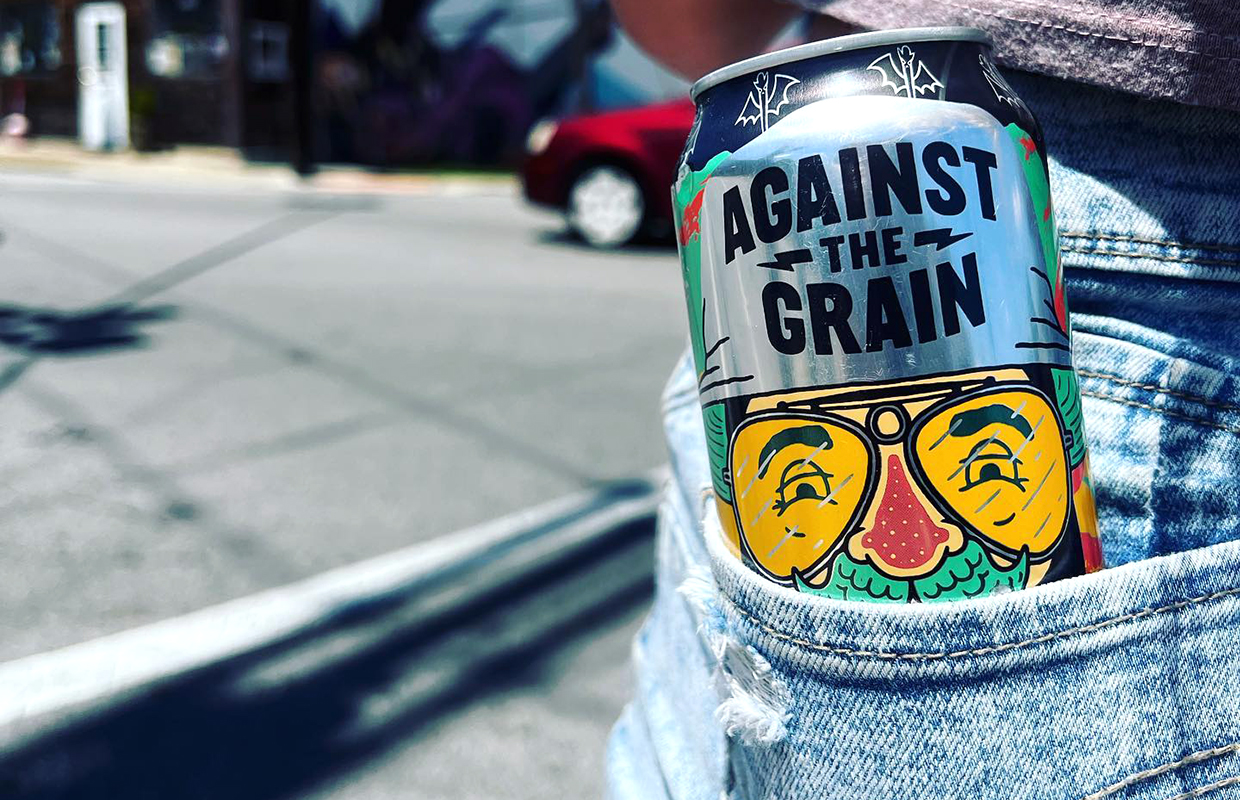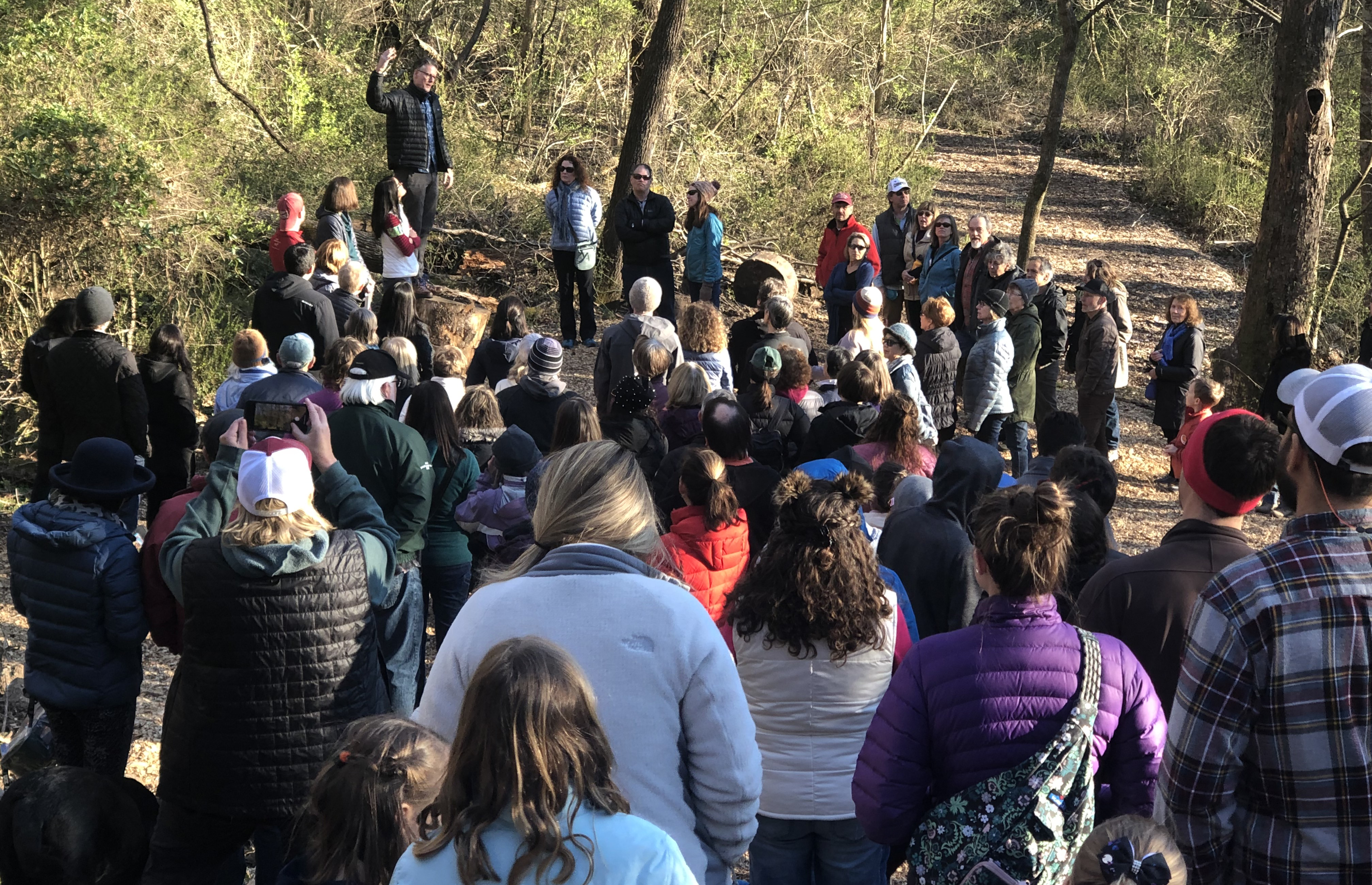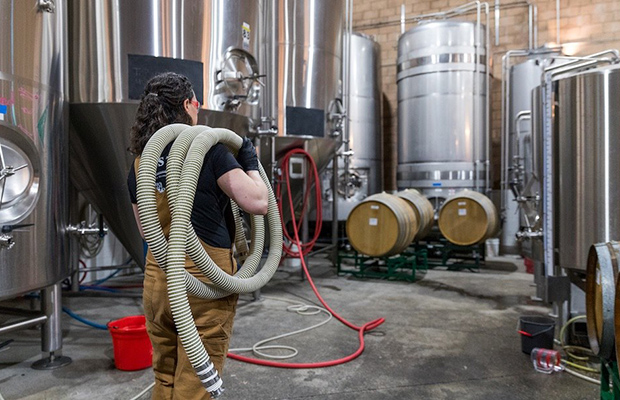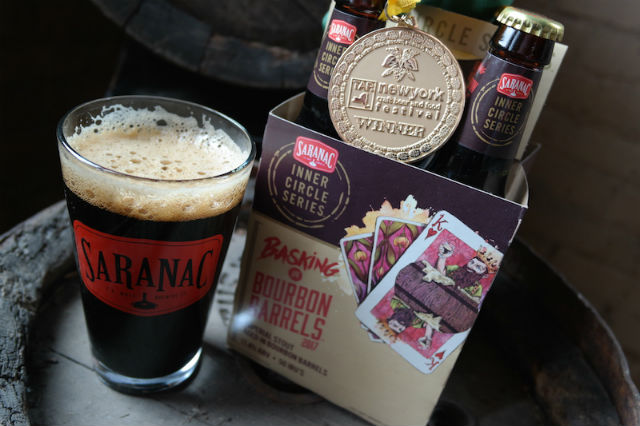
The “growing down” philosophy has really taken hold for some breweries that have started to mature and they see that multiple-state distribution, larger brew systems, and “regional brewery” status isn’t in the cards as much as it used to be. For Against the Grain, being cognizant of these changes and adjusting a perception of growth is something that co-founder Sam Cruz and his ownership team have had to look at over these past few years as the pandemic really altered the business model.
“We saw a 50% decline in our points of distribution in Kroger in the last reset,” he told Brewer in April during a cover story feature interview for the May/June issue. “We’re all privy to each other’s information and we’re allowed to see one general kind of spreadsheet that tells you what you’ve got, what you gained, what you lost, and what’s static.
“Everybody got brutalized in that regard.”
It isn’t the craft drinker that has caused this scenario, Cruz noted. It was the purchasing habits that were brought on by the pandemic which created this opportunity for the chain environment to really drill down and find their best ways to sell and make money.
“For them, not altering their sets space or the architecture in the store, and reducing the SKUs to create more simplicity,” he said. “Then, they are aligning with distributors that had kind of a preferred brand that they were going to move has really kicked a lot of craft brewers’ ass.”
The craft brewer in the grocery segment is really struggling except a few brands that have really captured a space. For Cruz, he sees it as being a higher ABV canned products, like FMBs and DIPA makers in a larger format, like the 19.2-ounce cans.
“New Belgium/Voodoo Ranger, they were the pioneers in the C-store space with their large format, high alcohol cans and they have been the ones that forged ahead and they’ve captured so much space,” Cruz said. “When you see C-store alcohol sales or beer sales growing like that everyone else wants a piece of the action.
“We’re starting to see the gravitation to that large format, 19.2 ounce can. It’s just not feasible for a lot of us small brewers to do that. The economy of scale is how you make money in that regard, but to purchase the number of cans for this to be a competitive thing for us is that it doesn’t make sense. Then retrofitting our packaging line is another pretty dramatic challenge. Some of this stuff’s antiquated at this point so it’s not something we’ll do.”
READ MORE: Is Going ‘Beyond Beer’ Worth it for Your Brand?
Cruz said most beer sales info before 2020 is a historical norm that doesn’t exist anymore, which forces them to have to change sales strategies.
“We’re just now getting good clean data, post-pandemic,” he said. “That global event was so dramatic for all industries and beverage really felt that in a dramatic way, and a lot of people don’t realize how dramatic it was.
“The taps got turned off, we bought packaged beer from the grocery in large format packages, and then the taps got turned back on. There were so many regulatory changes that caused this shift in the industry. So because of that, it’s been pretty rocky and hard to get clean data.
Just now Cruz believes the best indicators are now starting to show themselves.
“The Brewers Association showed craft was flat in 2022. And I believe, their economist Bart Watson had projected a 5% growth (for 2023),” Cruz said. “Well, we kind of went along and assumed that 5% growth as well, but really fell flat in that regard.”
Even planning the brewery’s future has changed for Cruz and his team, including Adam Watson, Jerry Gnagy, and Andrew Ott.
“In the last few years, we have really put together more long-term plans and goals than we did at the beginning,” Cruz said. “If we go back to that time when we started, our organization was new at a time when the industry was not new but reemerging. Because it was reemerging, it was really hard for us to see what it actually could be.
“It was more so ‘the sky’s the limit’/do everything we possibly can. And we did. I wish we would have set those more attainable, long-term goals. But we were more so setting the short-term, things. But now with hindsight, the immense amount of wisdom, and also the foresight based on data, and in the economic conditions that are being foretold, we have created long-term plans that are built around preserving the integrity of our brand and our company, ensuring that the organization is healthy and that our production stays healthy enough to sustain us. Then also, we’re not going to live forever. So we’re looking for the exit strategy that makes the most sense, at the right time. That long-term plan is actually not written. But it’s in process.”




Be the first to comment